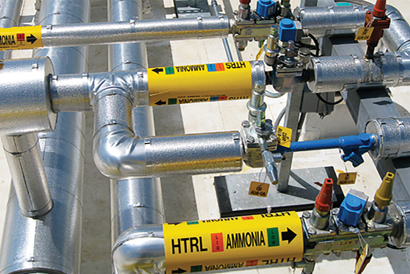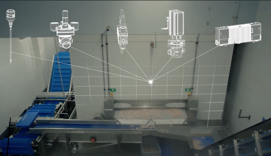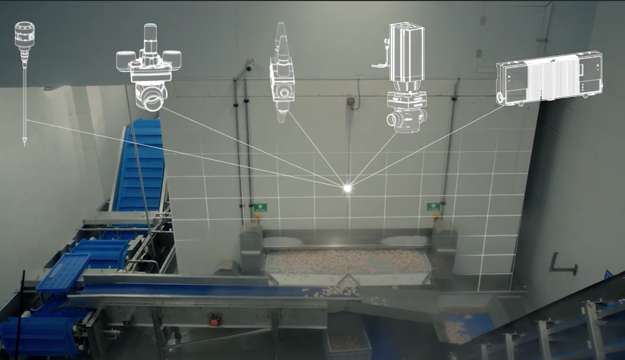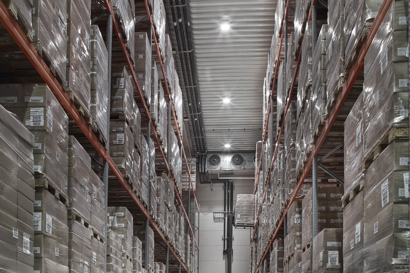Ammonia (NH3) is a well-known refrigerant, particularly applicable in large, industrial plants where its advantages can be fully utilized without compromising safety.
Ammonia is renowned for its favorable thermodynamic properties. In a wide range of applications, it outperforms synthetic refrigerants. However, it has a number of drawbacks that have so far prevented the use of ammonia for commercial applications, e.g. material compatibility, toxicity, and flammability.



Case studies
-
if (isSmallPicture) {


 Future-Ready Refrigeration Solutions | Danfoss
Future-Ready Refrigeration Solutions | DanfossRead to know how Danfoss provided future-ready refrigeration solutions to help Ananda Foods improve efficiency, enhance productivity, and delivering quality produce to its global clients through its efficient refrigeration systems for the food industry.
-
if (isSmallPicture) {


 Hot gas defrost of low temperature refrigeration evaporators with natural refrigerants
Hot gas defrost of low temperature refrigeration evaporators with natural refrigerantsIndustrial refrigeration systems predominantly use natural refrigerants, primarily ammonia and more recently CO2 Energy efficiency and the effective operation of those systems are the key parameters for operators of the plants The focus of the white paper is the comparisons of hot gas defrost strategy control methods, both on the hot gas side as well as on the condensate drain
-
if (isSmallPicture) {


 Ammonia conversion for cold storage facility is simple with ICV Flexline™
Ammonia conversion for cold storage facility is simple with ICV Flexline™Consumer retail stores are looking for tried-and-true ideas to thrive in turbulent economic times That’s why a major 190-store retail chain based in the Midwest switched to a proven refrigeration solution for one of its distribution centers - an environmentally friendly ammonia system that uses Danfoss ICV Flexline valve stations









